Fire smoke dampers are devices installed within ductwork that automatically close to prevent smoke passage during a fire. They play a crucial role in a building’s fire safety system.
Fire smoke dampers activate in response to heat and smoke signals, effectively becoming a barrier against the spread of dangerous fumes and fire within HVAC systems. Essential in both commercial and residential buildings, these dampers are often linked to the fire alarm system, allowing for immediate reaction to potential threats.
Ensuring proper installation and maintenance of fire smoke dampers is vital for compliance with safety codes. Regular inspections and testing are part of responsible building management, as they confirm the dampers’ functionality in emergency situations. Safeguarding occupants and property alike, these dampers serve as an integral component of a comprehensive fire protection strategy.
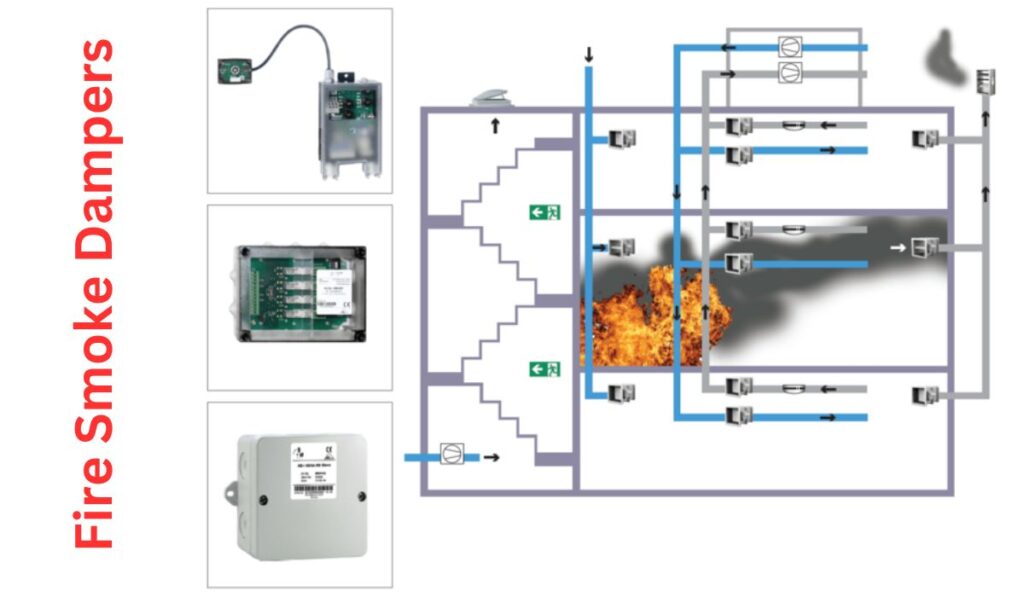
The Role Of Fire Smoke Dampers
Fire smoke dampers play a crucial part in building safety. They prevent fire and smoke spread through ducts and air transfer openings. This maintains safe escape routes for occupants. Their strategic placement in HVAC systems limits damage and enhances occupant safety.
Essential Function In Fire Safety
Fire smoke dampers spring into action during a fire. They shut down the flow of smoke and flames autoamtically. These dampers are heat-activated and help compartmentalize the building. They create barriers to contain the fire in its origin area and save lives.
Integration In Hvac Systems
Omnipresent in HVAC, fire smoke dampers integrate seamlessly. They lie dormant until danger is detected. Upon detecting smoke or high heat, dampers close automatically. This function isolates the affected zone and maintains air quality in other areas.
- Prevent fire spread through air ducts
- Activate via smoke or heat sensors
- Essential for modern building codes
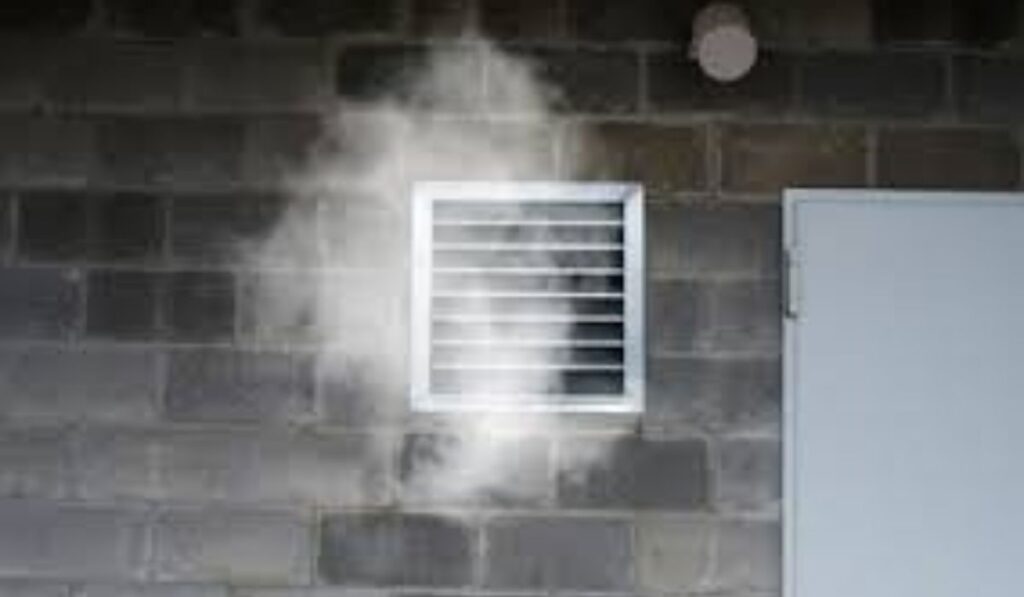
Types Of Fire Smoke Dampers
Fire smoke dampers play a crucial role in keeping buildings safe. They block dangerous smoke and fire from spreading. Knowing the right type to use is vital for safety. Explore the main types of fire smoke dampers below.
Static Fire Dampers
Static fire dampers stop the spread of fire in a non-moving air system. When heat rises, the damper closes. They use gravity or a fusible link for this action. Static dampers are common in areas where airflow stops when the fan turns off.
Dynamic Fire Dampers
Dynamic fire dampers work in constant airflow systems. They can close against airflow when a fire is detected. Dynamic dampers use springs or motors. They are crucial for HVAC systems that run even during a fire.
Combination Fire And Smoke Dampers
Combination fire and smoke dampers offer dual protection. They stop both fire and smoke. These dampers respond to smoke and heat. They fit well in systems needing a strong defense against fire emergencies.
How Fire Smoke Dampers Work
Fire smoke dampers play a crucial role in keeping buildings safe. They stop fire and smoke from spreading through the ducts. Let’s dig into their mechanics and usage.
Activation Mechanisms
Fire smoke dampers spring into action during a fire emergency. They detect heat or smoke and then close off the duct.Fusible links or electronic sensors trigger this closure. The fusible link melts at high temperatures, while sensors send an electronic signal. Both ensure the damper shuts promptly.
- Fusible Links: Melt and close the damper at a set temperature.
- Electronic Sensors: Detect smoke or fire and shut the damper electronically.
Automatic Vs. Manual Operation
Dampers can be automatic or manual. Automatic dampers rely on their sensors or fusible links. Manual ones need a person to close them. Safety protocols often prefer automatic dampers for quick response.
| Operation Type | Function |
|---|---|
| Automatic | Closes on its own when triggered by heat or smoke. |
| Manual | Requires human intervention to close during fire incidents. |
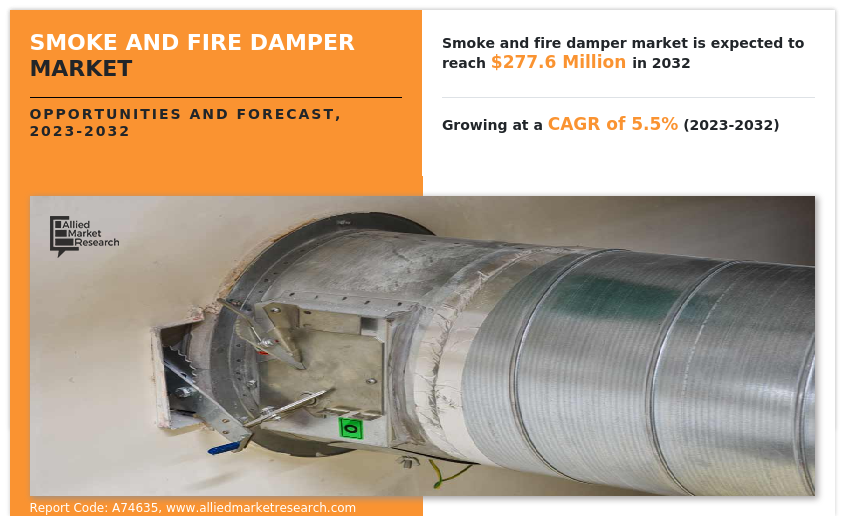
Credit: www.alliedmarketresearch.com
Installation Guidelines
When it comes to ensuring the safety and integrity of your building, fire smoke dampers play a critical role. Correctly installing these devices is vital. It protects against the spread of smoke and fire. Let’s dive into some key installation guidelines to ensure your building is both safe and code-compliant.
Placement And Sizing
Getting the placement and size right for fire smoke dampers is crucial. Follow these steps for a flawless installation:
- Identify areas where HVAC systems intersect with fire-rated barriers.
- Consult your HVAC plan to map out where to install dampers.
- Ensure dampers fit the duct size for effective performance.
- Consider accessibility for future maintenance and inspections.
Building Code Compliance
Adhering to building codes ensures that your fire smoke dampers are legal and effective. Keep these points in mind:
- Review local and national building codes related to fire and smoke protection.
- Verify that the dampers are rated for the specific application and location.
- Ensure damper ratings align with the fire resistance ratings of barriers they penetrate.
- Document all installation details for inspections and certification processes.
Always work with certified professionals when installing fire smoke dampers. Proper installation can save lives and property.
Maintenance For Long-term Performance
Maintaining fire smoke dampers ensures they work right in an emergency. It’s like taking your car for a check-up. You want everything to work smoothly when you need it most. Regular maintenance keeps these systems ready to protect lives and property from fire and smoke damage. Let’s dive into how to maintain dampers effectively.
Routine Inspection Checklists
Inspections are key for damper longevity. Using a checklist helps you remember all the steps. Here’s what to include:
- Check if dampers are accessible and properly marked.
- Ensure there’s no visible damage to the damper or its components.
- Verify that dampers open and close fully.
- Test the damper’s response to smoke and heat.
- Examine and clean the damper blades and tracks.
A scheduled annual inspection is a general requirement. Yet, some situations need more frequent checks.
Professional Servicing And Repairs
While routine checks are something you can do, some tasks need a pro. Professional servicing covers these areas:
- Servicing actuators and other operational parts.
- Finding and fixing leaks or obstructions.
- Replacing damaged or worn-out components.
- Updating older systems with new technology.
Pro experts use special tools and knowledge to repair dampers. They ensure everything complies with the latest safety codes. Aim for a certified technician for these services. They guarantee your dampers stay in top form.
Effective maintenance minimizes risks and secures building safety. Keep your fire smoke dampers ready for action with these steps.
Case Studies: Dampers During A Fire
A fire outbreak is an unannounced disaster where the right safeguards can save lives and property. Fire smoke dampers play a crucial role in compartmentalizing buildings to prevent the spread of fire and smoke. Through real-world situations, let’s explore the impact of these devices during fires.
Success Stories
Fire smoke dampers have been instrumental in numerous fire incidents. Their efficacy in containing fires is well-documented. Here are some examples:
- Office Tower Triumph: A high-rise in Chicago credited its well-maintained dampers for zero casualties.
- Hospital Haven: A New York hospital’s dampers preserved critical areas, ensuring patients’ safety.
Learning From Failures
Not all incidents end well, but each one provides valuable insights. Failures highlight areas for improvement:
| Incident | Lesson |
|---|---|
| Mall Fire Misstep | Regular damper inspections are essential. |
| Factory Flaw | Maintenance protocols should be strictly followed. |
Innovations In Damper Technology
Innovations in Damper Technology are revolutionizing fire safety systems, making buildings smarter and safer. In recent years, cutting-edge advancements have enhanced the efficiency and sustainability of fire smoke dampers. These devices play a crucial role in containing and controlling the spread of smoke and fire in the event of an emergency, ensuring the safety of occupants and property. Let’s delve into the latest progress in this field.
Smart Dampers And Iot
Integrating fire smoke dampers with the Internet of Things (IoT) has marked a transformative leap in building safety. Smart dampers provide real-time data on air quality and system performance, offering unprecedented control and monitoring capabilities. Implementing IoT technology enables dampers to automatically adjust to changing conditions, enhancing fire protection efficiency. Key benefits include:
- Automated responses to smoke detection
- Remote access and control
- Instant alerts and notifications
- Easy integration with building management systems
Eco-friendly Material Advancements
The shift towards eco-friendliness has not bypassed the fire protection industry. New eco-friendly materials for dampers are now in the spotlight. Developers focus on sustainability without compromising on safety. The latest materials reduce environmental impact and are designed for durability and recyclability. Advantages of these new materials include:
- Lower carbon footprint
- Enhanced durability and longevity
- Reduction of toxic emissions during production
- Possibility of recycling post-use
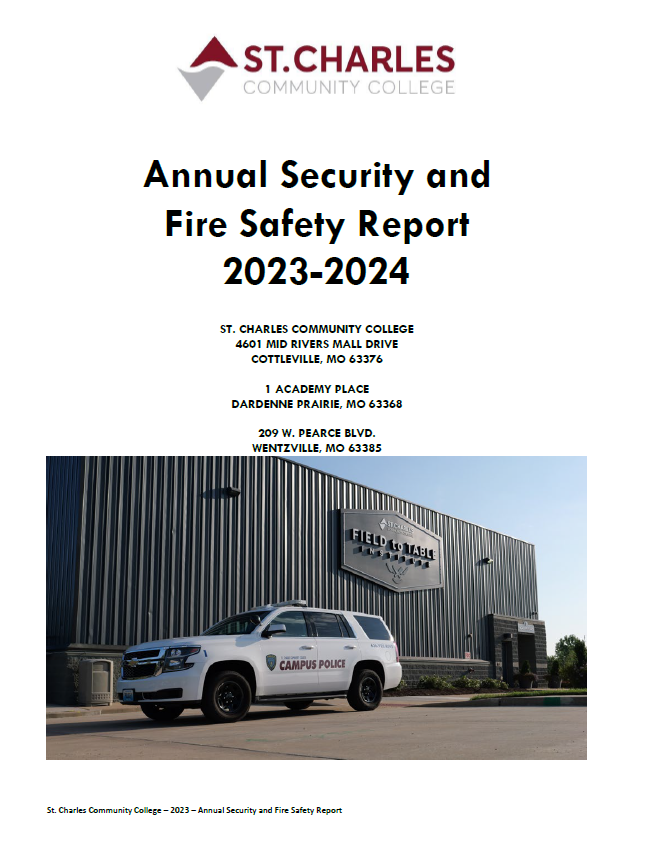
Credit: www.stchas.edu
Choosing The Right Fire Smoke Damper
Choosing the Right Fire Smoke Damper is crucial for the safety of any building. Fire smoke dampers play a vital role by preventing the spread of fire and smoke through ductwork. Picking the correct damper ensures that your building meets fire safety codes and that occupants are protected in emergency situations. In this section, learn how to select the best fire smoke damper for your needs, covering critical factors to consider and understanding vendor selection and cost implications.
Factors To Consider
When selecting a fire smoke damper, consider the following points:
- Type of Damper: Ensure it matches your specific HVAC requirements and building codes.
- Size and Ratings: Choose dampers with the correct size and fire-resistance ratings for your ducts.
- Material Quality: Durable materials offer better protection and longer service life.
- Installation Requirements: Understand the installation process to ensure compatibility with your HVAC system.
- Maintenance: Opt for dampers with accessible features for easy servicing and testing.
Vendor Selection And Cost
Selecting a reliable vendor is as important as the damper itself. Consider these points:
- Reputation: Look for vendors with positive testimonials and proven track records.
- Customer Service: Choose companies that offer strong support and warranty options.
- Pricing: Compare costs between various suppliers to find a competitive price without compromising quality.
Cost should not be a barrier to safety. Investing in a high-quality damper can save more in the long run by protecting against fire and smoke damage.
Legal And Safety Implications
Fire smoke dampers play a pivotal role in protecting buildings from fire and smoke damage. These devices automatically close upon detection of heat, preventing the spread of fire and smoke through ductwork. Ensuring they meet legal and safety standards is essential for building compliance and overall safety.
Regulatory Standards
Regulatory Standards
Compliance with building codes and standards is not just important, it’s mandatory. Fire smoke dampers must adhere to national and international regulations.
- NFPA 80 and NFPA 105: These standards cover installation details.
- International Building Code (IBC): Provides guidelines for fire safety.
- ASTM: Outlines material and performance requirements.
Regular maintenance is essential. Inspections happen annually to ensure functionality.
Liability and Insurance Considerations
Liability And Insurance Considerations
Owners must ensure fire smoke dampers are in working order. Neglect can lead to serious liability.
| Aspect | Consideration |
|---|---|
| Maintenance | Undocumented maintenance can result in insurance claims denial. |
| Upgrades | Using outdated technology might not meet current legal requirements. |
Proper insurance policies are vital. They cover damage costs if systems fail.
Preparedness And Emergency Response
Ensuring safety during a fire starts well before an emergency unfolds. A critical element in building safety is the proper use and maintenance of fire smoke dampers. These devices play a vital role in preventing the spread of smoke and fire through ductwork. Effective preparedness and emergency response can save lives—a goal achievable through training and coordination.
Training Building Occupants
Training is key for ensuring that building occupants know how to respond in case of a fire.
- Conduct regular fire drills to familiarize everyone with evacuation routes.
- Display clear maps of escape plans in strategic locations.
- Explain the role and location of fire smoke dampers so individuals understand the importance of these devices.
Simulate different scenarios to test occupants’ readiness. Such drills contribute to a more effective real-world response.
Coordination With Local Fire Authorities
Collaboration with fire departments is crucial for an augmented safety protocol.
- Invite fire officials for building inspections to ensure compliance with safety regulations.
- Organize joint training sessions to align emergency procedures.
- Engage in feedback sessions post-drills to refine strategies.
A partnership with local fire authorities optimizes emergency response, leveraging their expertise to improve the effectiveness of fire smoke dampers and overall building safety protocols.
Frequently Asked Questions For Fire Smoke Dampers
What Is A Fire Smoke Damper?
A fire smoke damper is a device installed in ductwork that automatically closes to prevent smoke from spreading during a fire. It helps compartmentalize smoke and aids in fire safety protocols.
Where Should Fire Smoke Dampers Be Installed?
Fire smoke dampers are installed in the ductwork of heating, ventilation, and air conditioning (HVAC) systems, where the ducts pass through fire-resistance rated walls and floors.
Do Fire Smoke Dampers Need To Be Monitored?
Yes, building codes typically require monitoring of fire smoke dampers for timely maintenance and to ensure proper functionality during emergencies.
Are Fire Smoke Dampers Required To Be On Emergency Power?
Fire smoke dampers often require connection to emergency power to maintain functionality during a power outage, ensuring safety. Building codes and regulations typically dictate this requirement.
Conclusion
Ensuring safety with fire smoke dampers is crucial in building management. These systems provide vital protection in emergencies, reducing harm and facilitating evacuations. Regular maintenance and upgrades are essential for peak performance. Remember, effective fire prevention hinges on reliable fire smoke dampers — a small investment for priceless safety.

I’m Abdus Sobur, a highly skilled and professional Fire Safety Officer with a passion for safeguarding lives and property. Over the course of my career, I’ve conducted numerous successful fire safety audits, earning a reputation for excellence in ensuring public safety.
In addition to my role as a Fire Safety Officer, I’m also dedicated to raising awareness about the importance of fire safety. Through my blog, I share insights into the functions of different fire safety equipment, aiming to empower individuals with the knowledge they need to protect themselves and their communities.
I’m driven by a deep commitment to promoting fire safety awareness and preventing fire-related incidents.

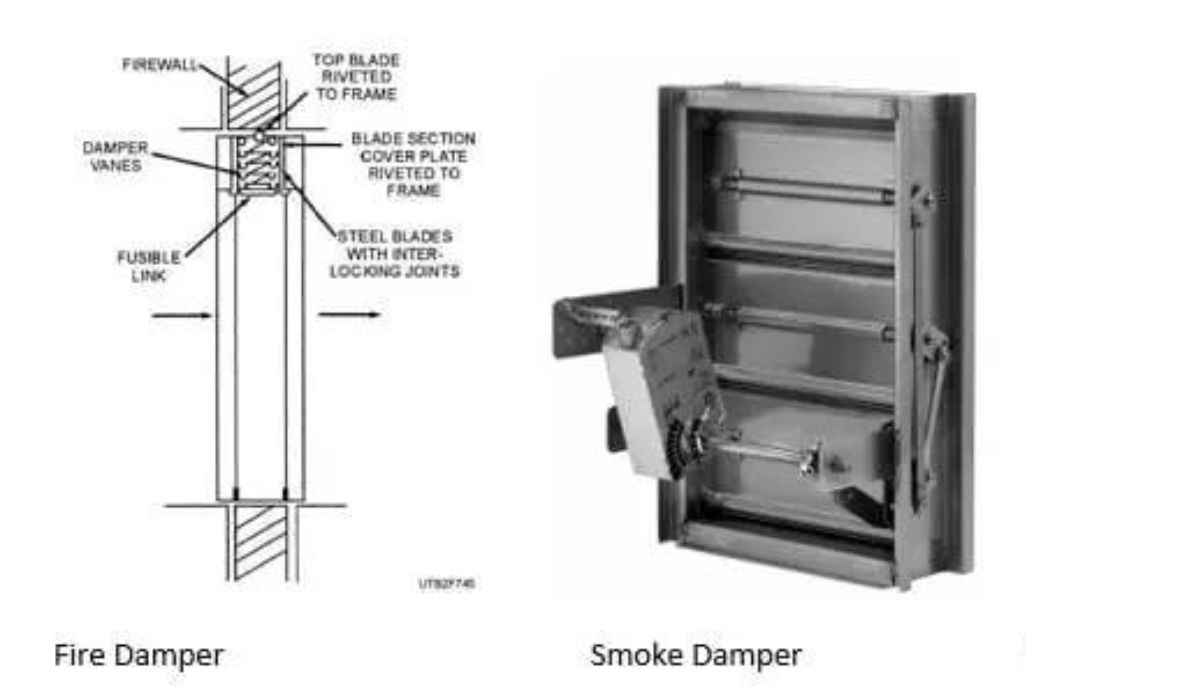
Very nice post and right to the point. I don’t know if this is actually
the best place to ask but do you guys have any thoughts on where to hire some professional writers?
Thanks in advance.